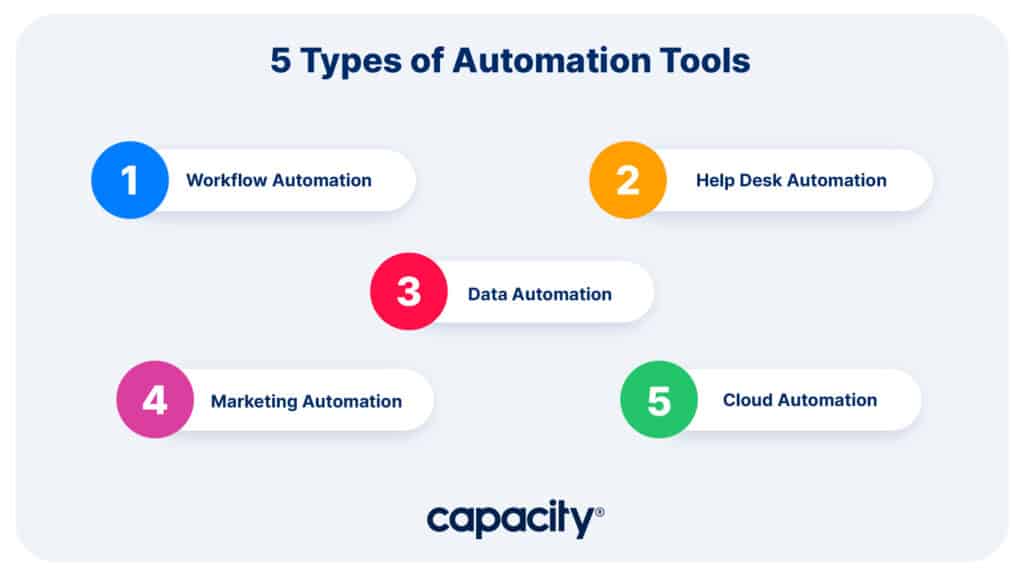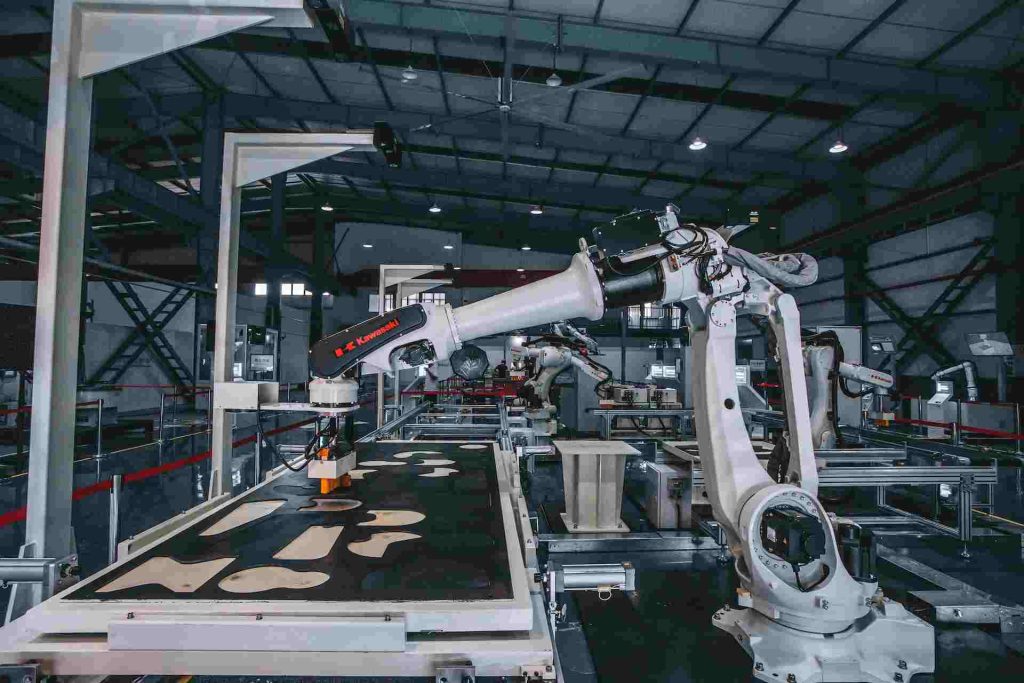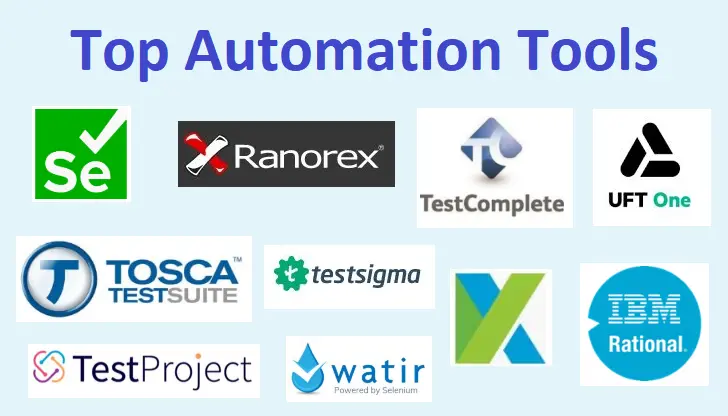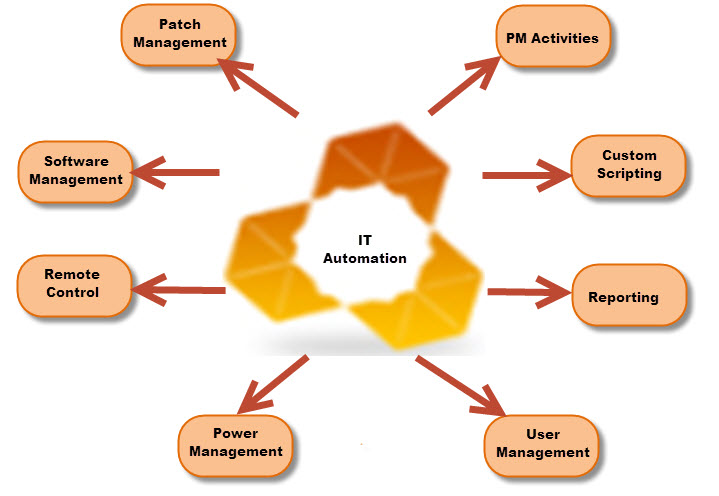Unlocking Efficiency Business Process Automation Tools
In today's fast-paced business environment, organizations constantly seek ways to streamline operations, reduce costs, and enhance overall efficiency. Manual, repetitive tasks often consume valuable time and resources, leading to bottlenecks, errors, and missed opportunities. This is where business process automation tools become indispensable, offering a transformative approach to how work gets done. By leveraging technology to automate workflows, businesses can eliminate human intervention in routine tasks, thereby freeing up employees to focus on more strategic, value-added activities.
The adoption of automation is no longer a luxury but a necessity for competitive advantage. Companies across various industries are realizing significant benefits, from improved accuracy and compliance to enhanced customer satisfaction and faster service delivery. Automation empowers businesses to scale more effectively, adapt quickly to market changes, and achieve a level of operational excellence that manual processes simply cannot match.

This article delves into the world of business process automation tools, exploring what they are, the profound benefits they offer, and the different types available in the market. We will also guide you through the crucial considerations for selecting the right tools for your organization and best practices for successful implementation. Understanding these facets is key to unlocking the full potential of automation and driving your business forward.

What Are Business Process Automation Tools?

Business process automation (BPA) tools are software applications designed to automate recurring, rule-based tasks and complex workflows within an organization. Unlike simple task automation, which might automate a single action, BPA focuses on automating an entire end-to-end business process, often spanning multiple systems and departments. The core idea is to transform manual, often paper-based, or spreadsheet-driven processes into digital, automated workflows that execute consistently and efficiently.

These tools achieve automation by defining a sequence of steps, conditions, and actions that are triggered automatically once a process begins. For example, an invoice approval process might involve an automated trigger upon receipt of an invoice, followed by automated routing to the correct approver based on predefined rules (e.g., amount, department). If approved, the system could automatically update financial records and initiate payment. The goal is to minimize human intervention, reduce errors, improve speed, and ensure compliance. BPA solutions often include features like workflow design, form builders, reporting and analytics, integration capabilities, and robust security measures.

The Core Benefits of Implementing Business Process Automation Tools
Implementing business process automation tools brings a multitude of advantages that can significantly impact an organization's bottom line and operational effectiveness. These benefits extend beyond simple cost savings, touching upon areas critical for sustained growth and competitiveness.

Increased Efficiency and Productivity
One of the most immediate benefits is the drastic increase in efficiency. By automating repetitive and time-consuming tasks, employees are freed from mundane work, allowing them to dedicate their time to more strategic, creative, and customer-facing initiatives. This not only boosts individual productivity but also accelerates overall process completion times, leading to faster service delivery and quicker response to market demands.

Cost Reduction
Automation directly translates to cost savings. Less manual effort means reduced labor costs associated with routine tasks. Furthermore, BPA significantly minimizes errors, rework, and the need for manual reconciliation, which are often hidden costs in traditional processes. Enhanced compliance and fewer audit issues also contribute to a healthier financial standing.

Improved Accuracy and Compliance
Human error is inevitable. Automation, however, executes tasks with consistent precision, dramatically reducing the likelihood of mistakes. This leads to higher data accuracy and more reliable outcomes. Many BPA tools also include built-in audit trails and compliance features, ensuring that processes adhere to regulatory requirements and internal policies, thereby mitigating risks and improving governance.

Enhanced Customer Satisfaction
Faster processing times, consistent service delivery, and fewer errors directly benefit customers. Whether it's quicker order fulfillment, faster query resolution, or more personalized interactions, automation allows businesses to provide a superior customer experience. This can lead to increased customer loyalty and positive brand perception.
Better Decision Making
BPA tools often come equipped with robust reporting and analytics capabilities. By automating data collection and processing, organizations gain access to real-time insights into their operations. This data-driven approach enables better-informed decision-making, allowing leaders to identify bottlenecks, optimize processes, and forecast future needs with greater accuracy.
Key Types of Business Process Automation Tools
The landscape of business process automation tools is diverse, with various categories designed to address specific needs and levels of automation complexity. Understanding these types is crucial for selecting the right solution.
Robotic Process Automation (RPA)
RPA tools utilize "software robots" to mimic human interactions with digital systems. These bots can open applications, log in, copy and paste data, move files, and perform rule-based tasks just like a human user would. RPA is particularly effective for automating highly repetitive, high-volume tasks that involve structured data and interactions with multiple legacy systems without requiring deep system integration.
Business Process Management (BPM) Suites
BPM suites are comprehensive platforms designed for end-to-end management of business processes. They encompass tools for process modeling and design, execution, monitoring, optimization, and analytics. Unlike RPA, which focuses on automating tasks, BPM aims to optimize the entire process flow, often involving human and automated tasks, and can orchestrate complex workflows across an organization.
Low-Code/No-Code Platforms
These platforms enable users, including those without extensive coding knowledge (citizen developers), to build applications and automate workflows using visual interfaces, drag-and-drop functionality, and pre-built templates. Low-code/no-code tools accelerate development cycles, democratize automation, and allow businesses to rapidly create custom solutions tailored to their unique needs.
Workflow Automation Tools
Workflow automation tools focus specifically on streamlining the flow of tasks and information between different systems, applications, and people. They often integrate with existing software (like CRM, ERP, HR systems) to automate document routing, approvals, notifications, and data synchronization. These tools are excellent for connecting disparate systems and ensuring data moves seamlessly throughout the organization.
Artificial Intelligence (AI) and Machine Learning (ML) Enhanced Automation
Increasingly, BPA tools are integrating AI and ML capabilities. This allows for intelligent automation that can handle unstructured data, learn from past interactions, make predictions, and even automate decision-making. Examples include intelligent document processing (IDP) that extracts data from invoices or contracts, or AI-powered chatbots that handle customer inquiries with increasing sophistication.
Choosing the Right Business Process Automation Tools for Your Business
Selecting the appropriate business process automation tools is a critical decision that requires careful consideration. A well-chosen tool can revolutionize your operations, while a mismatch can lead to wasted resources and frustration.
Assess Current Processes and Identify Bottlenecks
Before looking at tools, thoroughly analyze your existing business processes. Identify which processes are most repetitive, error-prone, time-consuming, or costly. Prioritize those that offer the highest potential for ROI from automation. Documenting these processes in detail will provide a clear understanding of what needs to be automated and how.
Define Clear Objectives and Success Metrics
What do you aim to achieve with automation? Is it cost reduction, improved accuracy, faster cycle times, or better customer service? Defining specific, measurable, achievable, relevant, and time-bound (SMART) objectives will guide your tool selection and allow you to measure the success of your automation initiatives.
Consider Scalability and Integration Capabilities
Your chosen BPA tools should be able to scale with your business growth. Consider whether they can handle increasing volumes of transactions and whether they can easily integrate with your existing IT infrastructure, including ERP, CRM, and other core business systems. Seamless integration prevents data silos and ensures a unified flow of information.
User-Friendliness and Training Requirements
The ease of use for both process designers and end-users is paramount for successful adoption. A tool that is intuitive and requires minimal training will empower your team to embrace automation more readily. Assess the vendor's training and support offerings.
Cost-Benefit Analysis and Return on Investment (ROI)
Evaluate the total cost of ownership (TCO), including licensing fees, implementation costs, maintenance, and potential training. Compare this with the projected savings and benefits to calculate the potential ROI. Don't forget to factor in the intangible benefits like improved employee morale and customer satisfaction.
Vendor Support and Security
Research the vendor's reputation, customer support, and commitment to ongoing development. Security is non-negotiable; ensure the tools comply with relevant data protection regulations and have robust security features to protect your sensitive business information.
Implementing Business Process Automation Tools: Best Practices
Successful implementation of business process automation tools goes beyond simply installing software. It requires strategic planning, stakeholder involvement, and a commitment to continuous improvement.
Start Small, Think Big
It's often wise to begin with a pilot project – automate a smaller, well-defined process that yields quick, visible wins. This allows your team to gain experience, demonstrate value, and build confidence before tackling more complex or critical processes. Learn from these initial implementations and apply the lessons learned to broader initiatives.
Involve Key Stakeholders
Automation impacts people and processes. Engage employees, process owners, and IT professionals from the outset. Their insights are invaluable for identifying suitable processes, designing efficient workflows, and managing the change effectively. Addressing concerns and providing clear communication will foster acceptance and collaboration.
Document Processes Thoroughly
Before automating, fully document your existing "as-is" processes. This helps identify inefficiencies and unnecessary steps. Then, design your "to-be" automated processes, clearly outlining each step, decision point, and exception handling. Clear documentation is crucial for both implementation and ongoing maintenance.
Continuous Monitoring and Optimization
Automation is not a one-time event. Continuously monitor the performance of your automated processes using the analytics features of your BPA tools. Identify bottlenecks, areas for further optimization, and new opportunities for automation. Regularly review and refine your automated workflows to ensure they remain efficient and aligned with business objectives.
Provide Comprehensive Training and Support
Employees whose roles are impacted by automation need proper training on how to interact with the new systems and processes. Provide ongoing support and resources to help them adapt to their evolved roles. Emphasize that automation is about augmenting human capabilities, not replacing them, fostering a positive attitude towards change.
Real-World Applications of Business Process Automation Tools
The versatility of business process automation tools means they can be applied across virtually every department within an organization, delivering tangible benefits.
In Human Resources (HR), BPA can automate onboarding processes, from generating offer letters and managing new hire paperwork to setting up IT accounts and scheduling initial training. Payroll processing, leave requests, and employee data management are also prime candidates for automation, reducing administrative burden and ensuring compliance.
Finance and Accounting departments widely benefit from BPA. Invoice processing, expense report management, accounts payable and receivable, reconciliation, and financial reporting can all be automated. This leads to faster financial close cycles, reduced errors, and better cash flow management.
For Customer Service, automation enhances responsiveness and efficiency. Chatbots can handle routine inquiries, freeing agents for complex issues. Automated ticket routing, case management, and feedback collection streamline customer interactions, leading to higher satisfaction levels.
In Marketing, BPA tools automate lead nurturing, email campaigns, social media scheduling, and data analysis. This allows marketing teams to personalize customer journeys, optimize campaign performance, and focus on strategic initiatives rather than manual execution.
Operations and Supply Chain Management leverage BPA for inventory management, order fulfillment, logistics tracking, and quality control. Automating these processes improves efficiency, reduces lead times, and enhances visibility across the supply chain.
Conclusion
The journey toward greater efficiency and operational excellence is increasingly paved by business process automation tools. These powerful solutions enable organizations to transcend the limitations of manual processes, fostering an environment where repetitive tasks are handled by technology, allowing human talent to flourish in strategic, creative, and customer-centric roles. From significant cost reductions and improved accuracy to enhanced customer satisfaction and superior decision-making capabilities, the benefits are clear and profound.
By thoughtfully assessing current processes, selecting the right mix of tools—whether RPA, BPM suites, low-code platforms, or AI-enhanced solutions—and implementing them with best practices in mind, businesses can unlock substantial value. Embracing business process automation is not merely about adopting new technology; it's about reimagining how work gets done, building more agile and resilient operations, and positioning your organization for sustainable growth in an ever-evolving market. The future of business is automated, and those who embrace these tools will undoubtedly lead the way.